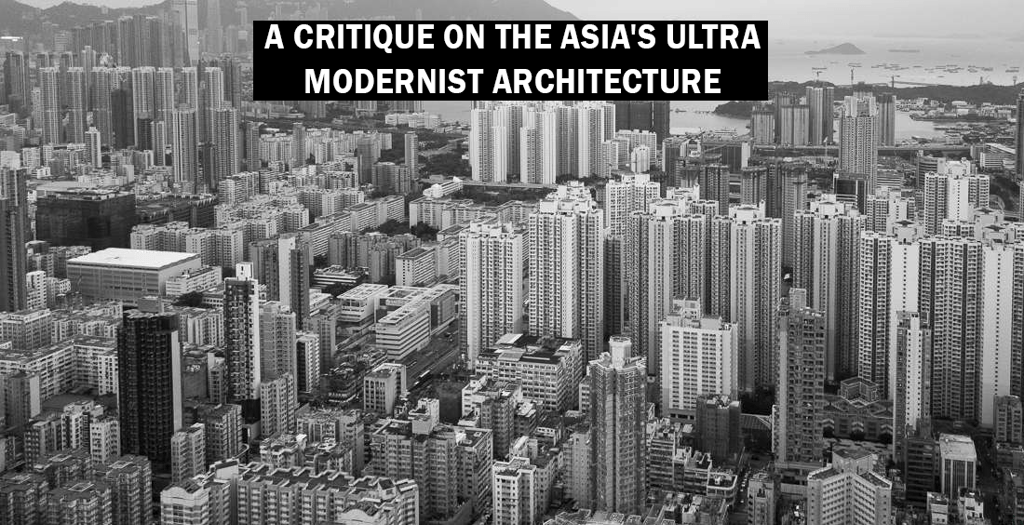A CRITIQUE ON THE ASIA'S ULTRA MODERNIST ARCHITECTURE


As an observer who has witnessed the transformation and development of previously undeveloped areas in Kuala Lumpur, it has become evident that architects and developers are predominantly fixated on converting green spaces into ultra-modernist environments, primarily consisting of residential and commercial spaces. This shift has inevitably altered the lifestyle and preferences of the citizens who relocate to these developed parts of the city.
The skyline of many Asian cities is now dominated by high-rise offices and residential towers, juxtaposed with luxurious shopping malls. This urban planning approach has become emblematic of Asia's development, reminiscent of top-tier mega-cities like Hong Kong and Singapore.
However, amidst this rapid modernization, the elements of culture, purity, and tradition seem to be conspicuously absent in Asia's ultra-modernist future. The architectural landscape only appears to mirror a routine globalist and mechanistic facet of today's international culture and civilization, leaving behind the rich tapestry of Asian heritage.
By focusing solely on typical ultra-modernist spaces, there is a risk of portraying our cities as overly dependent on economic considerations in their planning. This could potentially render our urban infrastructure fragile in the face of financial crises, as the emphasis on aesthetic appeal may overshadow the need for resilience in city planning.
In conclusion, it becomes apparent that contemporary Asian architecture is lacking in spiritual depth and cultural richness, transforming into an ultra-mechanistic form that raises questions about its sustainability and resilience in the face of future challenges. To foster a more holistic and enduring architectural identity, it is crucial to reintegrate elements of culture, tradition, and a sense of place into our evolving urban landscapes.
